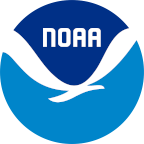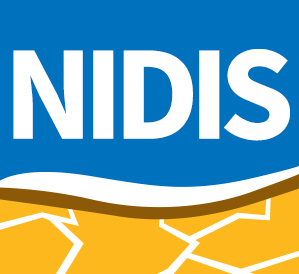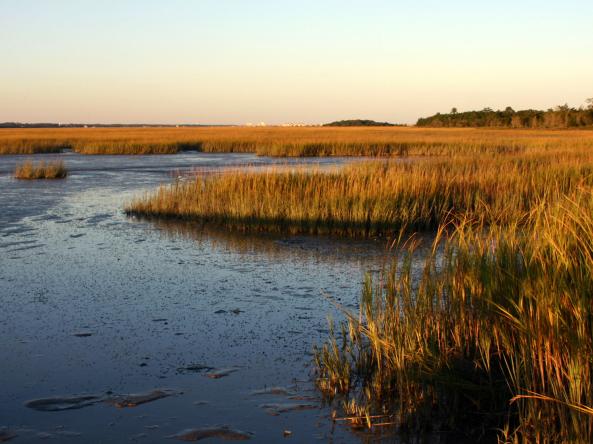For the latest forecasts and critical weather information, visit weather.gov.
The Southeast Climate monthly webinar series provides the Southeast U.S. with timely information on current and developing climate conditions, such as drought, floods, and tropical storms, as well as climatic events like El Niño and La Niña. Speakers may also discuss the impacts of these conditions on topics such as agriculture production, water resources, wildfires, and ecosystems.
The Southeast Climate monthly webinar series is held on the fourth Tuesday of each month at 10:00 am ET. This series is hosted by the Southeast Regional Climate Center, in partnership with the National Integrated Drought Information System (NIDIS) and the NOAA National Weather Service. These webinars provide the region with timely information on current and developing climate conditions such as drought, floods, and tropical storms, as well as climatic events like El Niño and La Niña. Speakers may also discuss the impacts of these conditions on topics such as agriculture production, water resources, wildfires, and ecosystems.
The Southeast Climate monthly webinar series is held on the fourth Tuesday of each month at 10:00 am ET. This series is hosted by the Southeast Regional Climate Center, in partnership with the National Integrated Drought Information System (NIDIS) and the NOAA National Weather Service. These webinars provide the region with timely information on current and developing climate conditions such as drought, floods, and tropical storms, as well as climatic events like El Niño and La Niña. Speakers may also discuss the impacts of these conditions on topics such as agriculture production, water resources, wildfires, and ecosystems.
The Southeast Climate monthly webinar series is held on the fourth Tuesday of each month at 10:00 am ET. This series is hosted by the Southeast Regional Climate Center, in partnership with the National Integrated Drought Information System (NIDIS) and the NOAA National Weather Service. These webinars provide the region with timely information on current and developing climate conditions such as drought, floods, and tropical storms, as well as climatic events like El Niño and La Niña. Speakers may also discuss the impacts of these conditions on topics such as agriculture production, water resources, wildfires, and ecosystems.
The Southeast region experienced near-average temperatures in the last 30 days. Precipitation, in general, was variable and below average for most of the region. This dryness has contributed to the gradual intensification of drought conditions in some parts of the region, including the eastern Carolinas and southern Florida. Streamflows are near normal across most of the Southeast with the exception being coastal North Carolina and southern Virginia, where they are below normal.
The Southeast region experienced near-average temperatures the last 30 days with recent spring temperature swings. Although precipitation has been hit or miss due to the springtime thunderstorms, streamflows are mostly near-to-above normal across the region. Drought conditions persist in the eastern Carolinas and southern Georgia. Anticipated rain over the next week will help improve this precipitation deficit, but this still needs to be monitored carefully as the region continues through the spring and water demand increases.
This webinar will highlight touchpoints between the Northeast Drought Early Warning System and the mission of the Northeast Climate Adaptation Science Center. These touchpoints include ecological drought research and drought monitoring, work with indigenous peoples on climate adaptation, improving streamflow forecasts to enhance water management, and much more. As a part of the "whole of government" approach to climate resilience, our agencies can leverage these touchpoints to address drought impacts both in the Northeast and across the nation.
NASA DEVELOP is a nationwide program that allows early-career scientists and university students work on projects that utilize NASA Earth observations, addressing diverse environmental issues impacting communities. In this closeout presentation, learn how the Spring 2022 NASA DEVELOP teams from the NASA Langley Research Center in Virginia and from NOAA's National Centers for Environmental Information (NCEI) in North Carolina used NASA Earth observations for societal benefit.
The Southeast region experienced a winter that could not make up its mind! December was dry and warm, January was cooler with more precipitation, and February leaned to drier and warmer conditions. The recent dryness is concerning because, for much of the region, this is the time of the year when river flooding peaks (except for the Florida peninsula) and water recharge takes place. However, streamflows are mostly below normal, especially across the Carolinas and in some parts of Alabama, Georgia, and Florida.



